Garver divides WWTP upgrade into phases to save money and help city address DEQ consent order
Under an Oklahoma Department of Environmental Quality consent order to meet water quality targets, the City of Mustang, Okla. had to upgrade its wastewater treatment plant within a fiscally strapped budget. The city worked with Garver to tackle this major capital expense by designing the project in two phases, separating them by 10 years and utilizing government funding sources. The first phase is now complete, and the $6.1 million project has increased the plant's efficiency and doubled the capacity—and all without expanding the site's footprint with new construction.
Mustang's treatment plant was built in the 1980s. Located in one of Oklahoma's fastest growing areas, the plant outgrew its treatment capabilities and needed to triple its capacity to meet future demand. However, the plant's sequencing batch reactor (SBR) processes were experiencing problems handling solids. In addition, the plant couldn't completely nitrify incoming ammonia due to insufficient oxygen transfer with the SBR units, which meant the plant couldn't meet its discharge permit requirements for the removal of ammonia.
Garver worked with DEQ to develop a two-phased project that would bring the plant back into compliance and ultimately expand the facility to meet its 20-year build-out flow rate by 2017. Using a phased approach enabled the city to build the infrastructure necessary to treat 10 years worth of future wastewater flow now rather than tackling a full 20 years in one project. This also cut the improvement expenses into two manageable costs.
"Our process engineers in our Water Design Center in Fayetteville, Arkansas came up with a variety of concepts to expand the plant's capacity without building new structures," said Garver Project Leader Michael Graves. "One of those designs was a high-rate biological process using full-floor fixed diffused air as opposed to surface aeration, which the city had previously been using. This and other decisions, like converting an SBR unit to a digester, helped the city rerate its existing biological processes, effectively doubling the flow capacity within the same footprint. It was a significant cost savings for the city, and DEQ was very happy with that approach."
Because the project's first phase was nearly "shovel ready" when the American Recovery and Reinvestment Act of 2009 (ARRA) was passed, Garver quickly worked with DEQ and the Oklahoma Water Resources Board (OWRB) to help the project meet ARRA requirements.
"We built numerous projects around the state, and they're all complying, but the Mustang project is probably the premier project when it comes to compliance with the ARRA requirements," said Joe Freeman, Chief of the OWRB Financial Assistance Division, the body that administered the ARRA funds.
The project also received a 20-year loan through the OWRB's Clean Water State Revolving Funds, which forgave $2 million in debt through the program. "By financing this project through the Water Resources Board, it saved the rate payers of Mustang $4.7 million," Freeman said.
After construction bids came in under original cost estimates, Garver's two-phase approach again proved financially beneficial as the city incorporated Phase 2 infrastructure into Phase 1 with no additional financing needed. The Phase 2 components included backup power and yard piping, blower building expansions and additional grit handling processes.
In all, the Phase 1 improvements included retrofitting existing SBRs and sludge storage, adding a grit removal system and operations building, improving piping and grading, and enhancing underground electrical systems. Phase 2 will include the construction of two new digesters.
"In a project like this where you have everything go smoothly, it comes in under budget and it comes in on time, it truly is a great example of the kind of working relationships that we like to have and the partnership that it takes with engineering firms such as Garver," said J.D. Strong, Oklahoma Secretary of Environment and Executive Director of the OWRB.

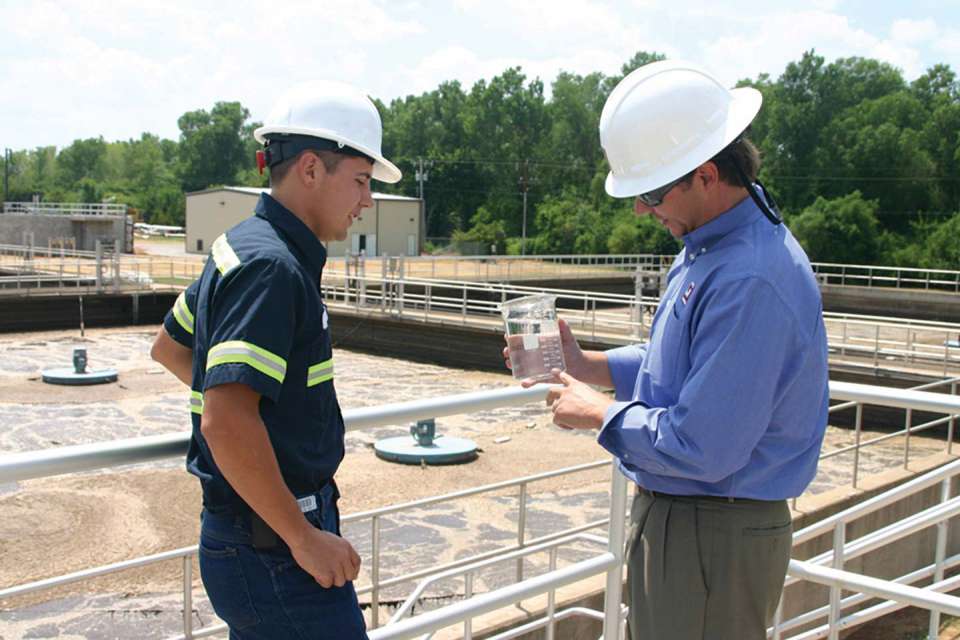
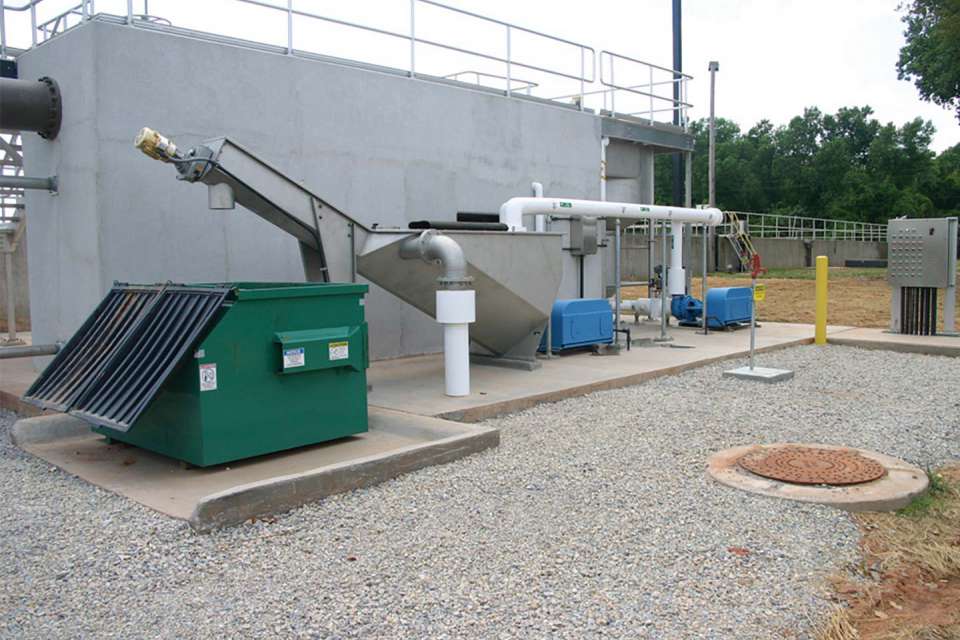
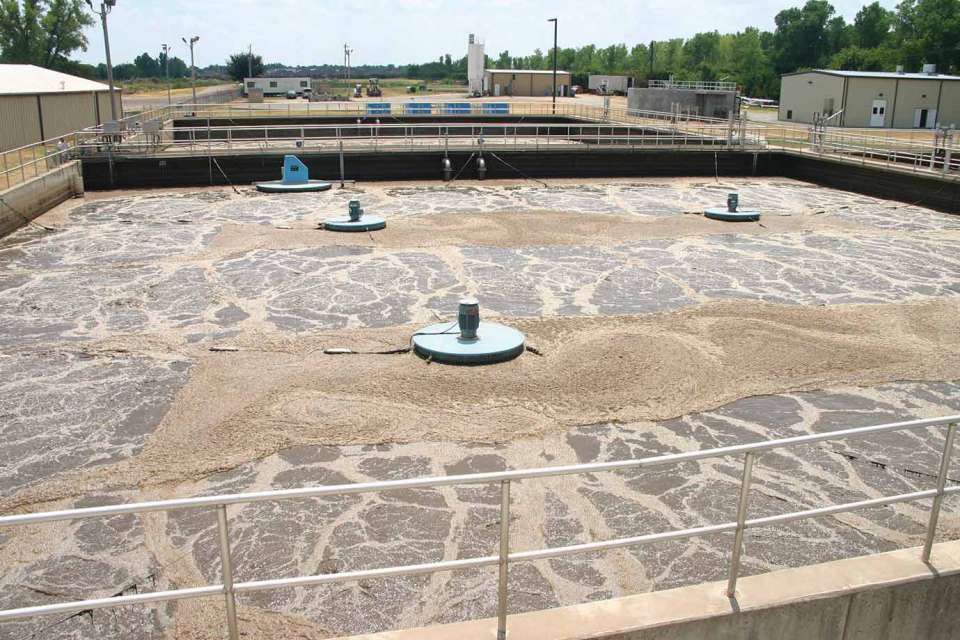
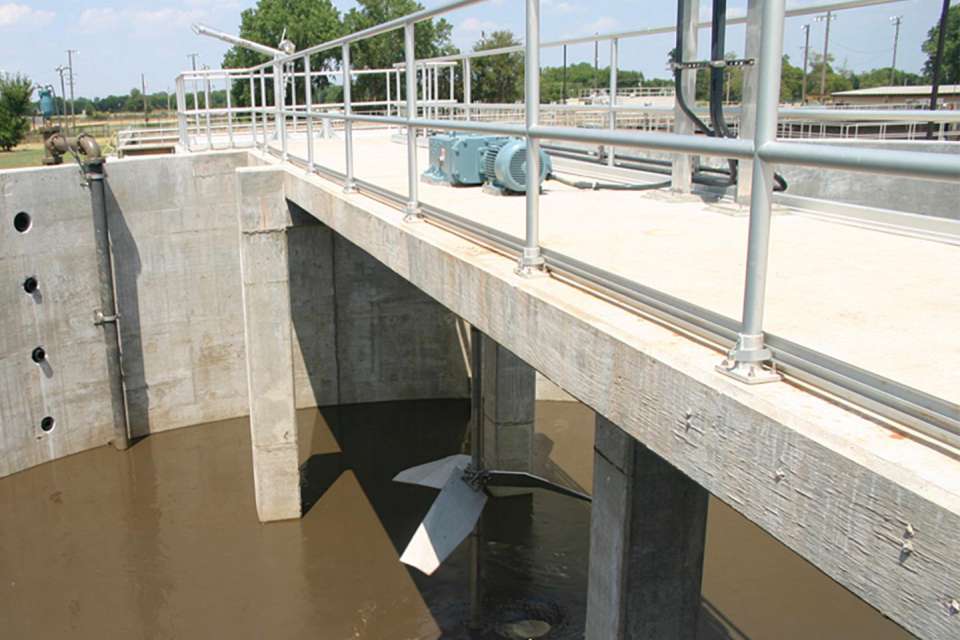
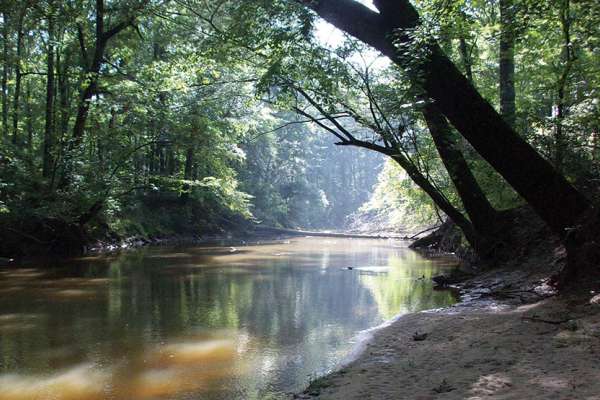


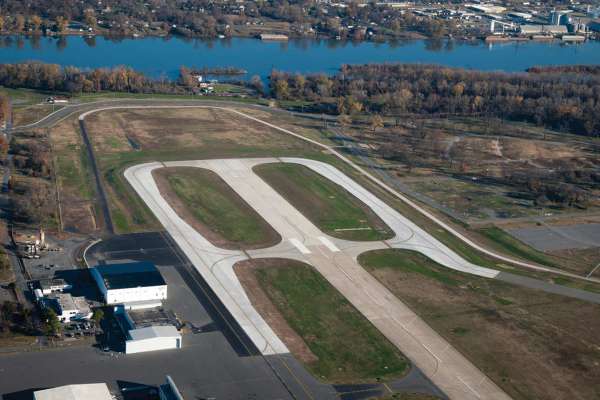
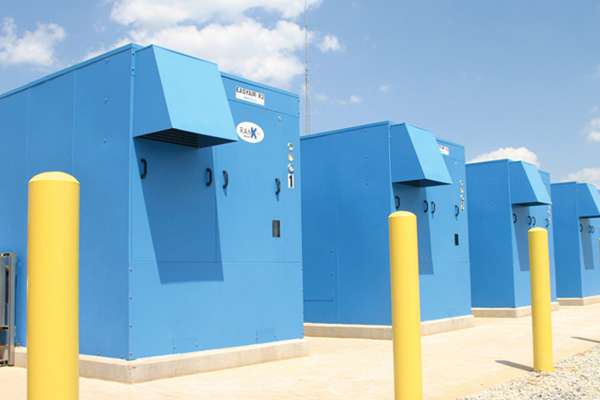

Share this article